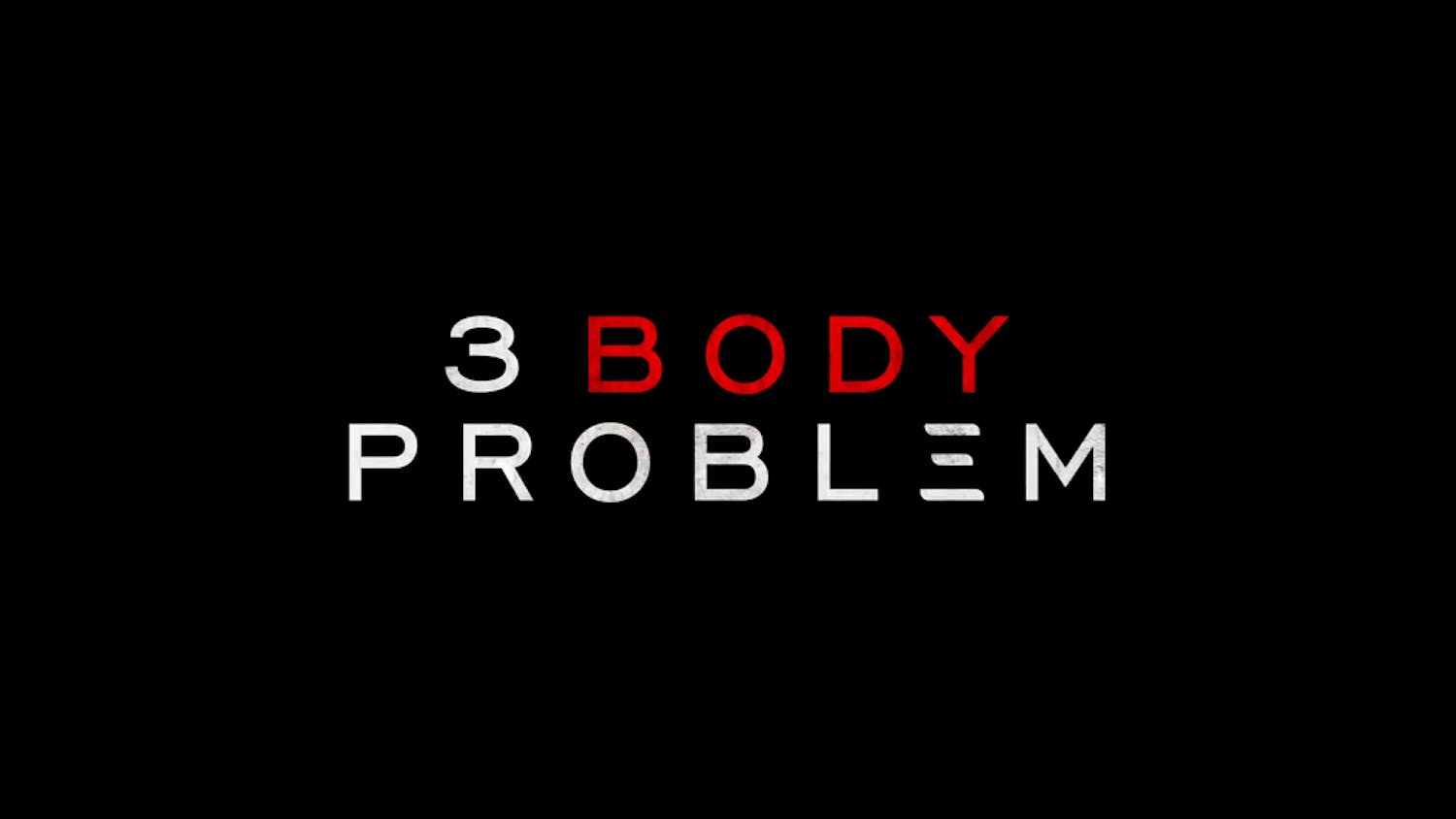Stella Adler once said, "The theatre is a spiritual and social X−ray of its time," referencing the art form's ability to effectively tap into a zeitgeist. This is certainly the case with Tectonic Theater Project's "The Laramie Residency," a double−whammy production of "The Laramie Project" and "The Laramie Project: Ten Years Later," now playing at the Cutler Majestic Theater in Boston.
Both plays document the events surrounding the brutal 1998 hate crime against and eventual murder of Matthew Shepard, examining its effects not only on the town in which it happened but also on the broader American population. As one character mentions in the play, there is a difference between his friend Matt and the mythic Matthew Shepard, the symbol. Shepard still serves as a tragic example in the ongoing debate about the prevention of hate crimes and protection of human rights for all people, regardless of their sexual orientation.
Many will be familiar with the first play, written and directed by Moisés Kaufman and members of his Tectonic Theater Project — it is one of the most frequently performed plays in the United States, especially by high schools. "The Laramie Project" is based on interviews that these theater practitioners conducted with residents of Laramie, Wyo., just months after the murder. The play is a semi−linear narrative, describing life in Laramie both before and after Shepard's death, supplemented with the story of the hate crime itself. The ensemble cast of eight faces a daunting challenge — to inhabit these characters and their real words in the inherently unreal world of theater.
The potency and vitality of "The Laramie Project" as a play is undeniable. The magic of the piece is that it dramatizes these individual's real words, conveying the power and necessity of storytelling and bearing witness to our history and ourselves.
This production is mounted by some of the original cast members who actually conducted the interviews. Though the play is weighty in and of itself, seeing those people who played a hand in its creation and dissemination over the past 12 years is nothing short of extraordinary. The potency of the story combined with these actors, their connection to it and the growth of this connection over the years makes this a theatrical event with the best kind of artistic sucker punch. That these actors are still so deeply entrenched in this work brings a new level of intensity that is not to be missed, even for those who have previously seen it.
Kaufman's production takes cues from its dramatic predecessors, namely Thornton Wilder's distinctively deconstructed "Our Town" aesthetic. Both productions use little more than wooden chairs to create powerful and theatrical images. Actors don pairs of glasses, hats or distinctive shirts to become Laramie's characters; a row of eight chairs becomes the haunting image of the fence to which Matthew was tied while being beaten. This simplicity in presentation allows the audience to completely focus on the power of the actors' words and the beautiful images they create together. All eight actors give incredible performances that draw the deepest of meanings out of the most natural of portrayals.
The powerful and arresting quality that so defines "Laramie Project" was not as evident in the world premiere performance of "Laramie Project: Ten Years Later." Working under much the same premise as the first production, Kaufman and his company in 2008 returned to Laramie to conduct follow−up interviews about what Shepard's death meant after a decade had passed. Easily the most significant and chilling feature of this play is the addition of testimony from the two murderers.
The company's work brings forth the controversy over the label "hate crime" and current legislation concerning human rights, especially issues affecting the gay community. Given that legislators did not repeal "don't ask, don't tell" this past week, it remains clear that these issues are still very relevant. As Judy Shepard, Matthew's mother, remarks in the play, "Ten years of change and no progress."
Sadly, the follow−up play does little more than recount the issues and does not match its predecessor's creativity in its writing or staging. The new piece seemed stilted, and the actors did not own their roles in the same way. At the outset of "Ten Years Later," a member of the company calls it an epilogue to the original "Laramie Project." This qualification is apt and, frankly, should have been its actual presentation, rather than being its own full−length play. The shows are a pair that should be consumed consecutively, but if it comes down to one or the other, be sure not to miss the original.





